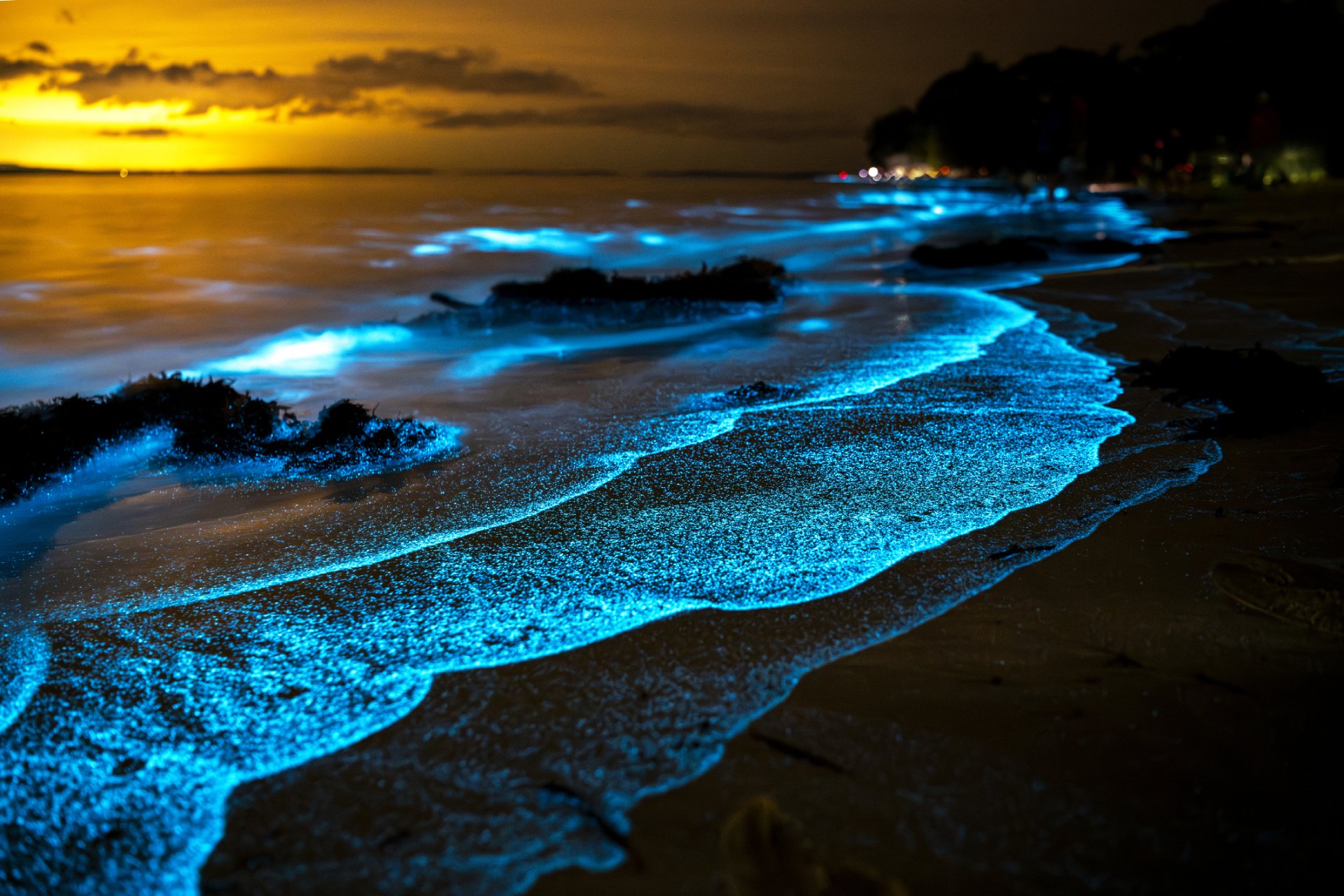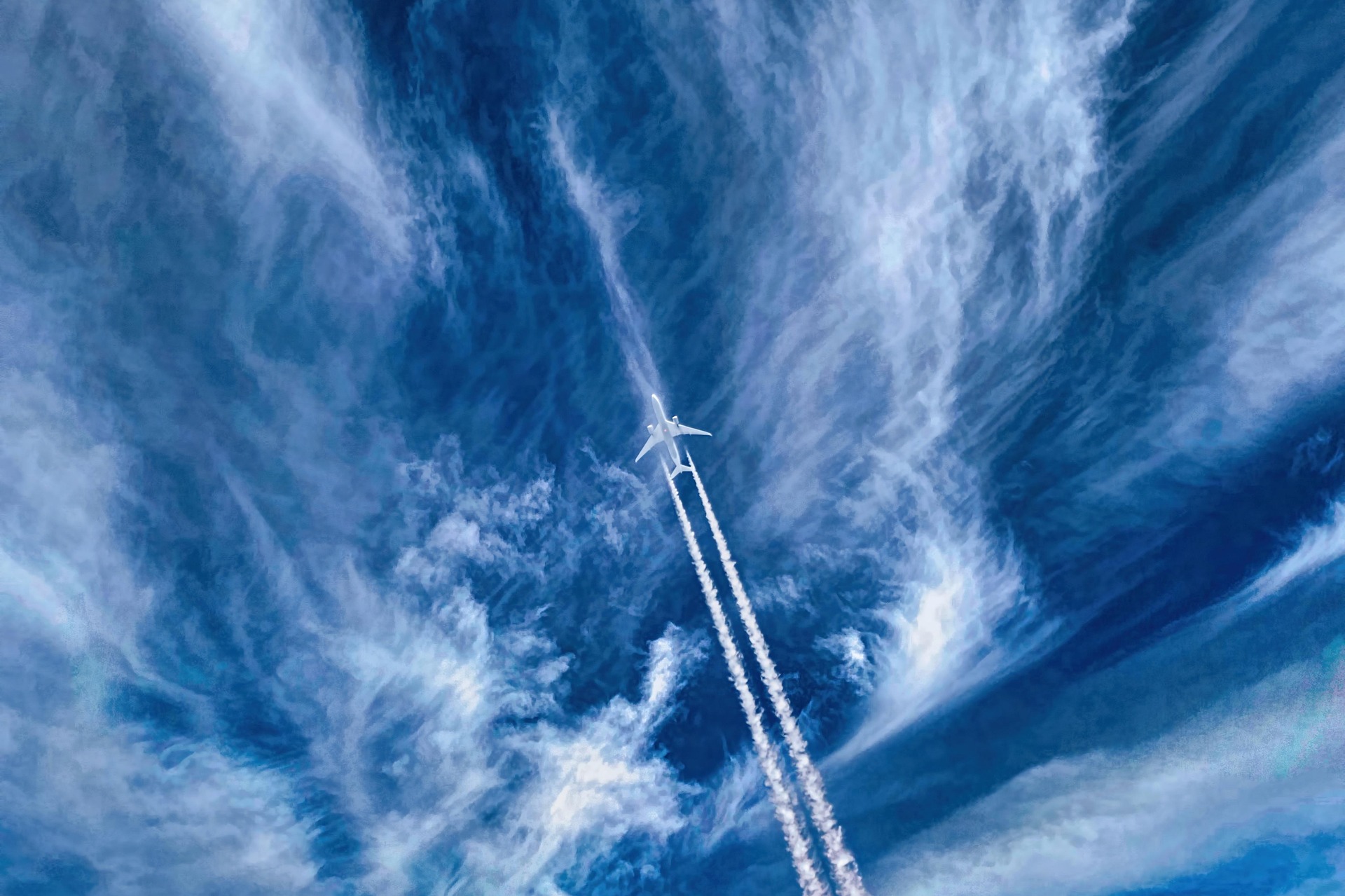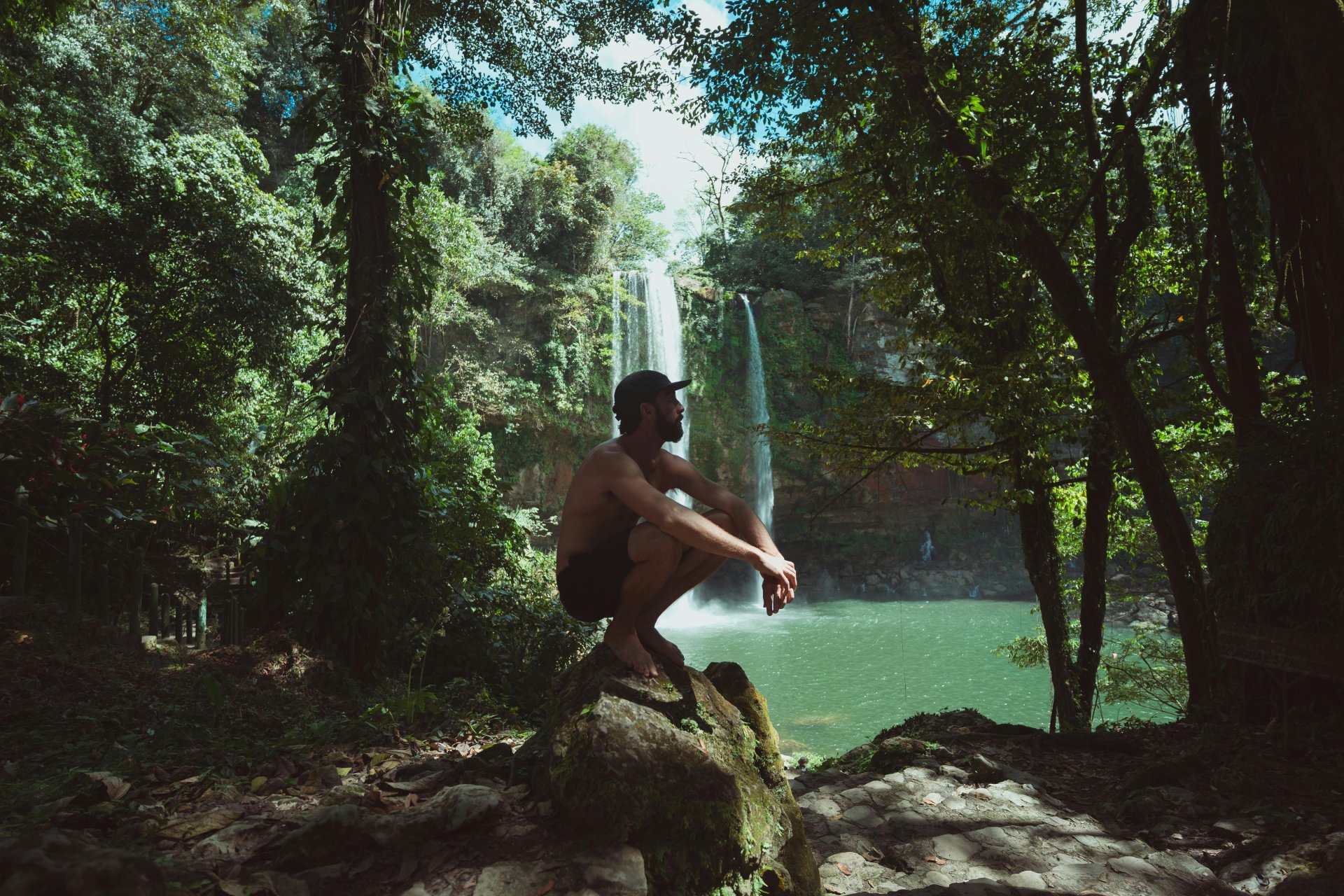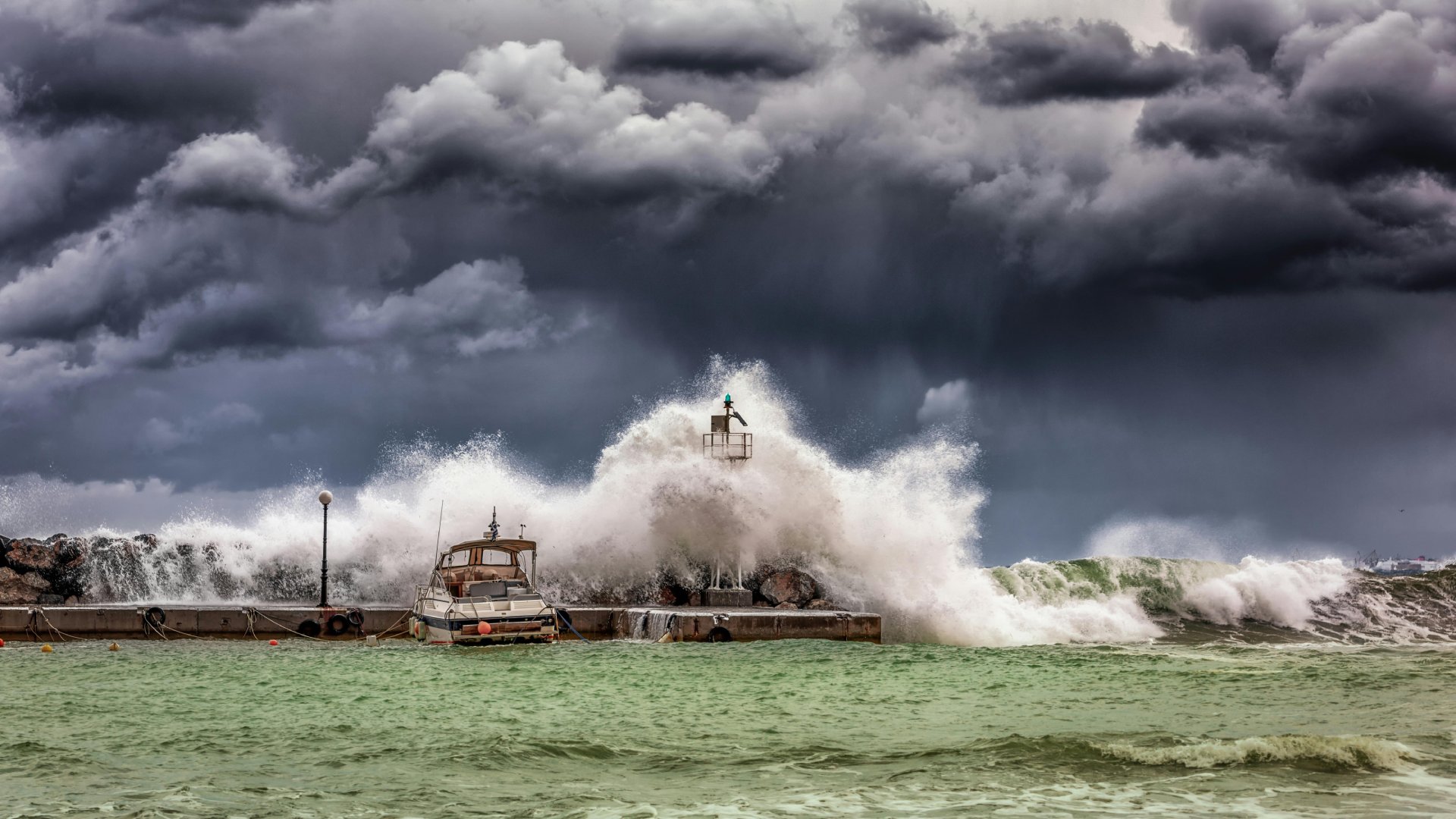Article Highlights
- Breathtaking, Famous Locations: Tongariro River, Lake Taupo, Wairau River and Clutha River.
- Abundant Fish Species: New Zealand is home to an impressive population of trout, particularly brown and rainbow trout.
- Dangers and Risks: Challenging terrain, swift currents, slips and falls, strong UV radiation, cuts and abrasions, overuse injuries.
New Zealand is often referred to as the ultimate destination for fly fishing enthusiasts, and for good reason. With its breathtaking landscapes, diverse ecosystems, and abundant fish species, it’s a paradise for anglers. The months of November and December mark the beginning of the summer season in New Zealand, making it an ideal time for fly fishing.
It’s no wonder many North American anglers travel there to take advantage of its world-class fishing opportunities. New Zealand attracts hundreds of thousands of tourists annually, with a significant portion being from North America. The country’s reputation for exceptional fly fishing, particularly for species like brown and rainbow trout, contributes to its appeal among fishing aficionados.
Fly Fishing in New Zealand: A Timeless Allure
New Zealand is home to some of the most pristine rivers and lakes in the world, teeming with trout species, particularly the brown and rainbow trout. The stunning natural beauty, combined with the challenge of fishing in various terrains, attracts anglers from all over the globe. According to Dr. Judith Hager, a renowned environmental scientist and avid fly fisher, “New Zealand offers a unique blend of challenging conditions and breathtaking scenery that truly enhances the fishing experience. It’s not just about catching fish; it’s about being in the moment, surrounded by nature.”
Best Locations for Fly Fishing
The Tongariro River
Located in the central North Island, the Tongariro River is famous for its consistent fishing conditions. With its rich insect life and healthy trout populations, it’s a hotspot for fly fishing in the summer months. Megan O’Connell, a professional guide and advocate for women in fishing, says, “The Tongariro is one of those places where you can experience great fishing while immersing yourself in the local culture. It’s a fantastic way to connect with the land and its people.”
Poronui
Global Rescue’s fly fishing experts and Safe Travel Partners recommend several New Zealand locations including Poronui located near the center of the North Island. It features 16,000 acres of some of the finest and most productive trout and game habitat in the country, if not the world. Poronui has special access to vast tracts of Maori-owned land as well as a limitless supply of remote public water. Much of the access is gained via modern off-road vehicles or helicopter fly-outs. For adventuresome anglers, float trips with the option to overnight at remote, streamside camps are a must.
Lake Taupo
As the largest lake in New Zealand, Lake Taupo is another prime location for fly fishing. The lake is fed by several rivers, including the Tongariro, and boasts an incredible trout population. Sarah Bradshaw, a local fishing expert, notes, “Fishing in Lake Taupo is about more than just the catch; it’s about the tranquility of the water and the stunning backdrop of the mountains. The experience is unforgettable.”
The South Island: The Wairau River
The Wairau River in Marlborough is known for its crystal-clear waters and breathtaking scenery. It’s a popular spot for both experienced and novice anglers. Emily Leung, a fly fishing instructor, shares, “The Wairau offers diverse fishing opportunities. Whether you’re casting in the fast currents or the slower pools, there’s always something exciting happening.”
The Clutha River
Flowing through the Otago region, the Clutha River is famous for its trophy-sized trout. The river’s varied sections present different challenges, making it a favorite among seasoned anglers. Chloe Simmons, an advocate for sustainable fishing practices, emphasizes, “The Clutha is a gem. It teaches you patience and skill, and it’s a beautiful place to spend your day.”
Dangers of Fly Fishing
Fly fishing is generally safe but it does come with certain risks that can hurt anglers and make them sick. Curtis Fleming, a fly fishing host, took a 30-yard fall along a rocky New Zealand cliffside.
During a trip in 2018, he suffered a severe slip and fall while navigating a rocky riverbank. He suffered snapped tendons in both elbows, several broken bones, including his femur, and needed multiple surgeries plus months of healing before fully recovering. Fleming has spoken about the experience and emphasized the importance of safety while engaging in outdoor activities like fly fishing, particularly in challenging terrain.
Tricky Terrain
Fly fishers often navigate rocky riverbanks and wade into water, which can lead to cuts, scrapes or abrasions from sharp rocks, fish spines or other hazards. A fishing guide in the Southern Alps region suffered a serious injury when he fell while navigating rocky terrain. He sustained multiple fractures and had to be airlifted to a hospital for treatment. Many of New Zealand’s best fly fishing locations are in remote areas that feature steep riverbanks, rocky outcrops and uneven ground. Navigating this terrain can lead to slips and falls, especially in wet conditions.
Swift Waters
There have been instances of anglers drowning while fly fishing in rivers with strong currents. These tragic events often occur when individuals are swept away by swift waters. New Zealand’s rivers can have strong flows and currents, which pose risks for anglers wading into the water. A sudden slip or misstep can lead to being swept away, making it crucial for anglers to be aware of their surroundings and current conditions.
Fish and Gear
Anglers are sometimes injured by fish they catch, particularly species like the barramundi, which have sharp spines. A fly fisherman in New Zealand reportedly required stitches after being punctured by a fish spine. A fisherman in Rotorua accidentally hooked himself in the leg while casting. The injury was severe enough to require medical treatment.
Sunburn and Heat-related Illnesses
Given New Zealand’s strong UV radiation levels, anglers are at risk of sunburn, heat exhaustion or heatstroke, especially when spending long hours outdoors without adequate sun protection. It’s crucial to use sunscreen, wear protective clothing and stay hydrated.
Overuse Injuries
Repetitive motions associated with casting and retrieving can lead to overuse injuries, such as tendonitis or strain in the shoulders, elbows and wrists. Proper casting techniques, regular breaks and stretching can help reduce the risk of these injuries.
The Global Rescue Connection
While fly fishing in New Zealand is an exhilarating experience, it’s essential to prioritize safety, especially for international travelers. Accidents can happen, whether it’s a slip on the rocks, a sudden change in weather or an unexpected medical issue. This is where a Global Rescue membership can provide invaluable peace of mind.
Global Rescue offers services that ensure that if something goes wrong, help is just a call away. Our offerings include emergency field rescue, medical evacuation and medical advisory services, perfect for adventurers exploring the remote and sometimes rugged terrain of New Zealand.
Whether you’re casting your line in the serene waters of Lake Taupo, navigating the winding Tongariro River or exploring the remote corners of the South Island, New Zealand is sure to leave a lasting impression on any angler.









